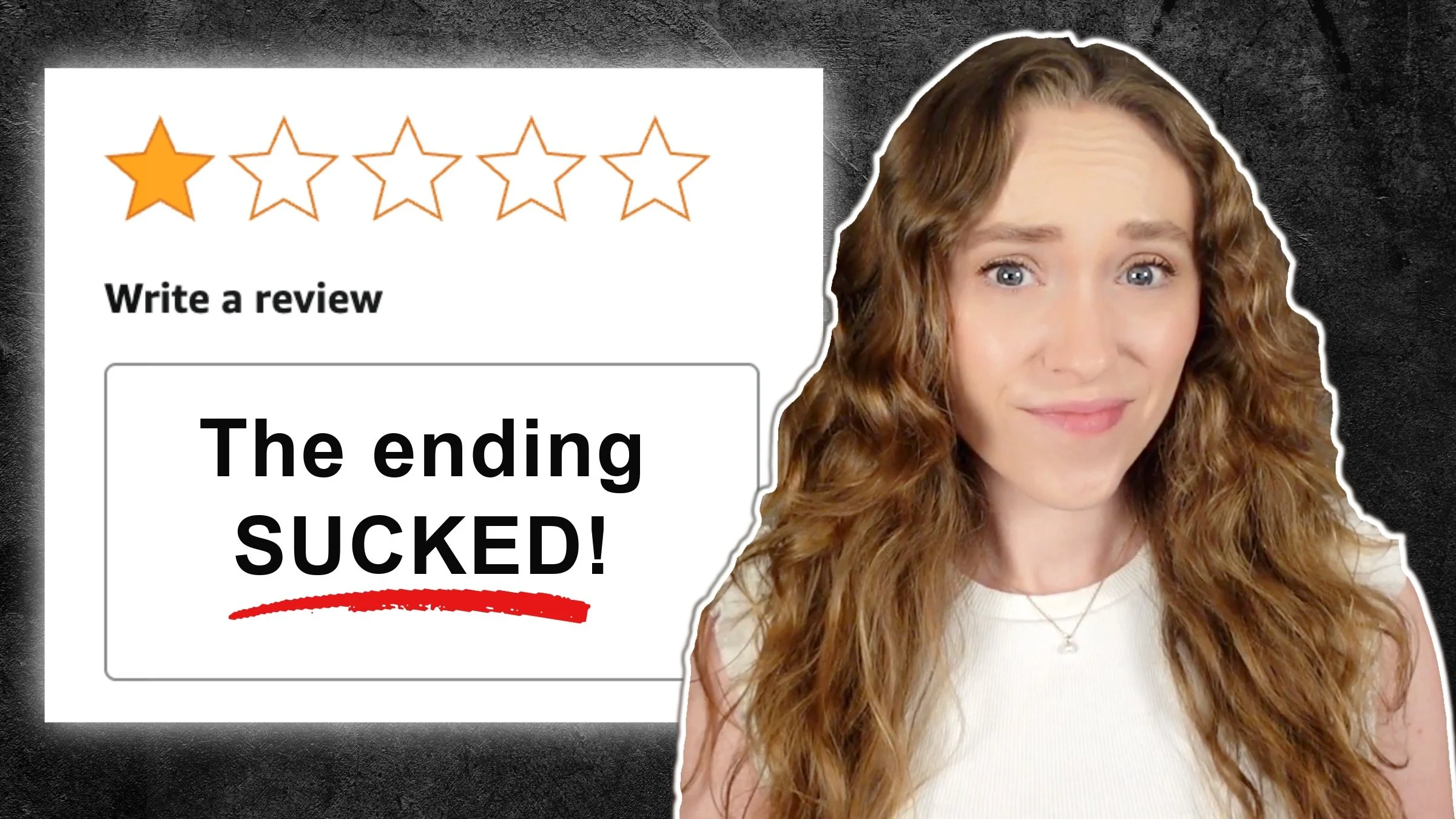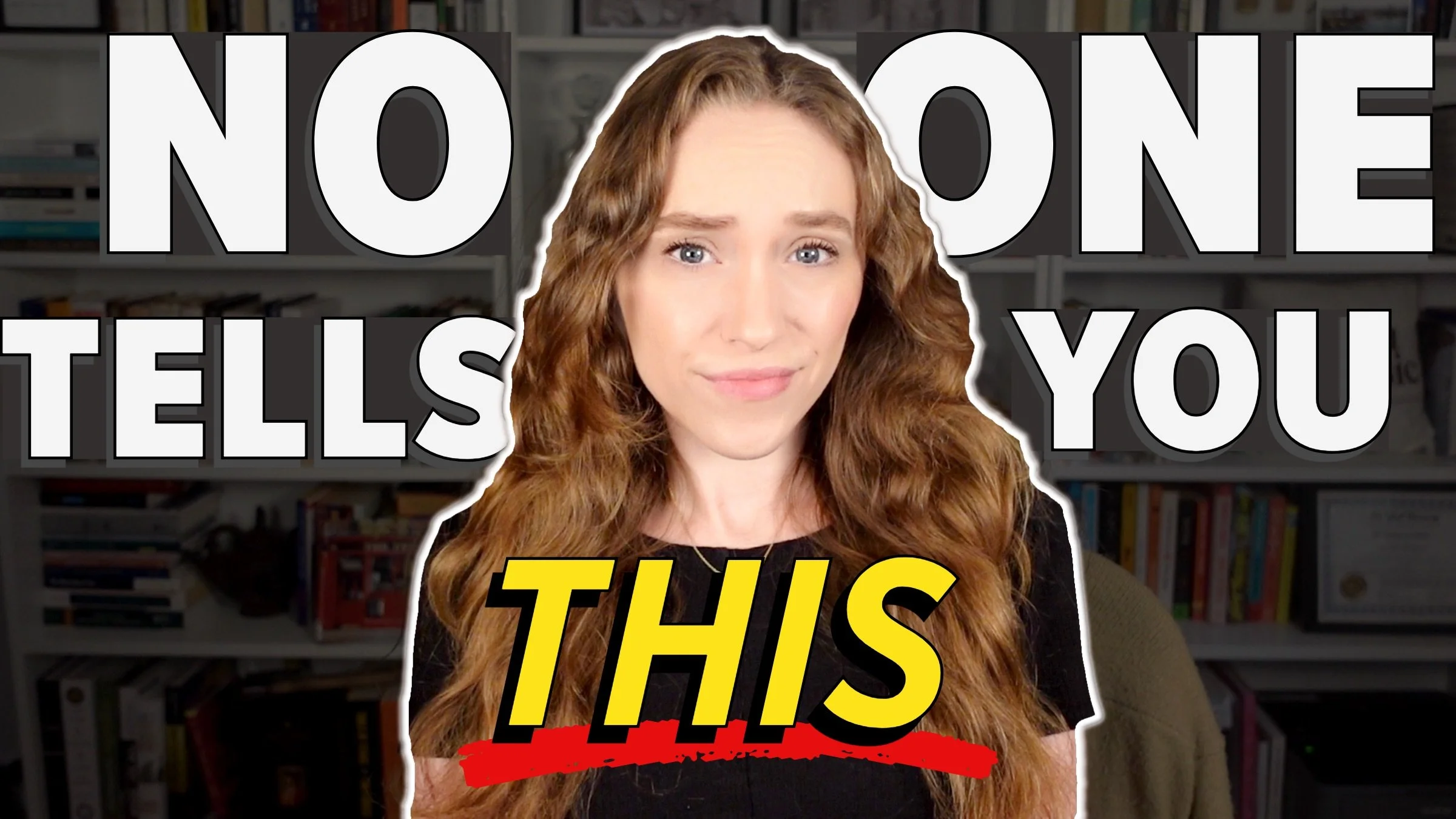5 Tips for Writing Better Scenes for Your Novel
HIT PLAY OR READ THE POST BELOW:
Every story, when it's broken down, is ultimately a collection of scenes. So, strengthening your scene writing skills can ensure you are telling the most effective overall story possible. Here are my top tips for writing better scenes, highlighting specific elements to look out for in your own writing.
1. Track the Characters’ Choreography
The first tip for writing better scenes is to track the characters’ choreography. Your character should not begin the scene in their bed and then all of a sudden appear in their driveway. The reader should be able to track their movements as they are going about them throughout the scene. If you skip over describing their choreography and it seems like the characters transport themselves randomly, then it's going to be jarring to the reader and take them out of the flow of the story.
At the same time, you do not want to overly describe the character's movements down to the micro movement or gesture. That is going to quickly become daunting to read. It’s a delicate balance between too much and too little description, so try to make sure you're at least tracking their broad movements so the reader can see how they're interacting in their environment. The reader will be able to fill in any smaller details, so trust in their visual map!
2. Give Each Revelation an Adequate Reaction
My second tip for writing better scenes for your novel is to ensure that every revelation has an adequate reaction. Whenever there is something dramatic or consequential happening in your scene, which in many cases there likely is, you want your characters to react appropriately.
This is the same whether you are writing in third person omniscient, close third person, or first person perspective. In all of these different perspectives you should still, in some way, register the character's reactions before moving on with the scene. That’s because if you have one of the characters drop a bomb or if something crazy happens in the scene and the characters just move on, the reader is going to feel like something is missing. Your readers want to see your characters’ reactions. Plus, without character reactions showing the reader how significant the revelation is, the reader won’t be able to register the implications of the plot development.
These reactions could take a few different forms in the story itself. It could be describing the characters’ facial expressions, their tone of voice shifting, or a straightforward verbal expression of disbelief or shock. If you are writing in first person or close third person, you have the ability to go into a character’s mind, so I recommend leveraging that in these moments. You can actually show the reader verbatim what crosses through the character's mind.
These expressions are going to help enrich the story and the reader’s understanding of the characters.
3. Avoid Melodrama
My next tip for writing better scenes is to avoid melodrama. While you do want to show character reactions to shocking moments, you don't want to overdo your descriptions of the scene or their reactions. At this extreme, their reactions could feel overly exaggerated and melodramatic, and whenever you veer into melodrama territory, it diminishes the overall dramatic effect.
To be more specific, you would want to avoid having characters use a ton of exclamations in a row. When something warrants an intense emotional reaction, you can convey it through strong verbal statements, one or two exclamations, or a descriptive dialogue tag.
Another example of melodrama is if you have a character's facial expressions or their gestures be overly dramatized. Think of this like a soap opera: whenever there are a lot of people yelling, screaming, and throwing a fit, you risk seeming caricatured and comedic.
There are, of course, situations in which melodrama is needed, such as when you have a character who is a bit over dramatic. In this situation, have characters call them out on it so the melodramatic moment has context and justification.
Keep in mind that the reader is smarter than you think; by the tone of your scene, they will be able to register the drama of the moment regardless of exclamation points. If you find that you are leaning on those too heavily, revisit the scene and try to convey that drama subtly. That way, the reader will experience the drama of the scene by themselves.
4. Clarify Emotional States
My next tip for writing better scenes is to clarify the character's emotional states within each scene. The reader should have a sense of the emotional states of all the characters who are present in a scene, since as the scene progresses and the plot develop, they want to see the growth the characters undertake. For example, at the start of the scene, is your character feeling optimistic or upset or concerned or down on their luck? That is going to set the tone of the scene at the beginning and help set the reader's expectations for what's to come.
There are several different ways you can illustrate a character's state of mind throughout a scene. The first is to specifically call out how they're feeling in the narration, particularly if you are utilizing a third person perspective. An example would be, “John woke up feeling sad.”
You can also convey their emotional states through physical descriptions such as, “John could barely find the energy to get out of bed.”
Lastly, you can utilize the character's inner thoughts if you are using close third person or first person narration. An example would be: “Upon waking up, John thought, I've never felt worse than today.”
Through a combination of those different approaches, the reader will get a sense of how the character is feeling and how those emotions evolve over the course of the scene.
5. Contain Scenes to the Action
My final tip for strong scene writing is to contain the scene to the action. Essentially, when you cut down as much of the fluff or extra material at the beginning and the end of the scene, it will become tighter and more purposeful.
For example, if the most consequential plot development of a specific day in your story happens once the character gets home from work, there isn't a reason to explain what happened leading up to it. You don't need to show them getting ready for work or going to the office. The earlier part of their day can be confined to a quick paraphrase of one or two sentences. Then you can jump right in and have the scene kick off when they get home from work.
Similarly, you don't want too much extra material at the end of a scene. For example, if you are ending the day and the next consequential thing happens the next day, you don't need to show the characters getting ready for bed.
Containing every scene to just the main points of action is going to improve your pacing because keeping irrelevant in-between descriptions will slow down your story. Think of it like dead air on the radio; most readers will clock out if there’s too many pauses in the story’s action. So this is a way to ensure the action of the story moves swiftly, keeping the reader engaged the whole way through.
I hope these tips help you write better scenes for your novel! By being precise and intentional with your words, each scene will convey your story in the most effective way possible. Scene writing can seem daunting, as it requires attention to detail and technique, but if you keep practicing with these tips in mind, you will become a stronger writer overall.
Thanks so much for reading, and happy writing!






